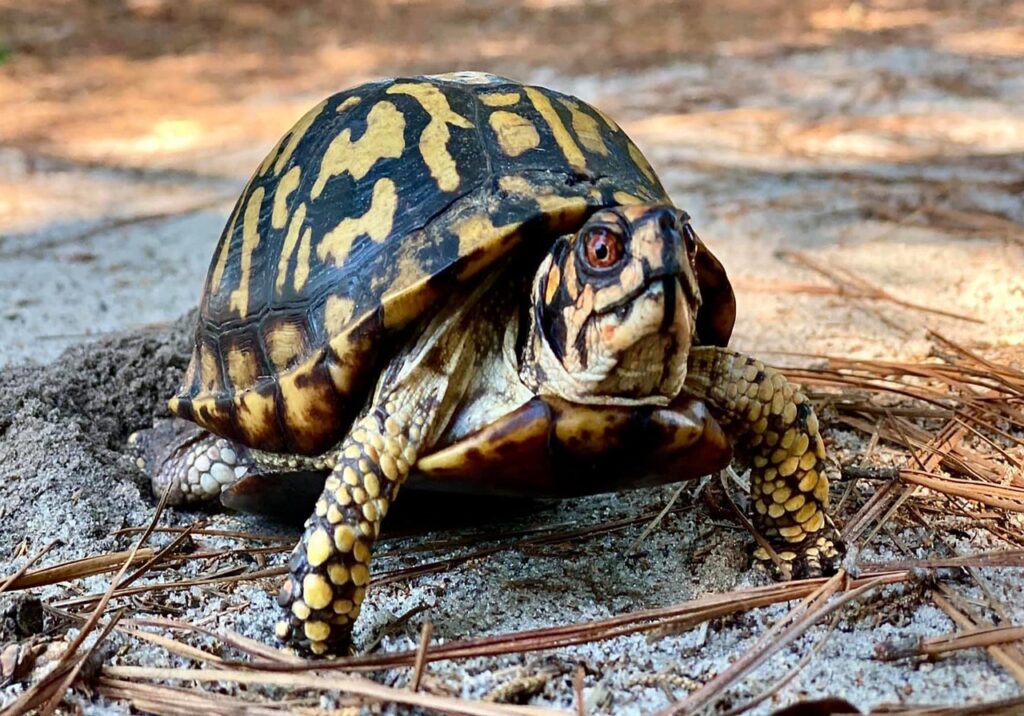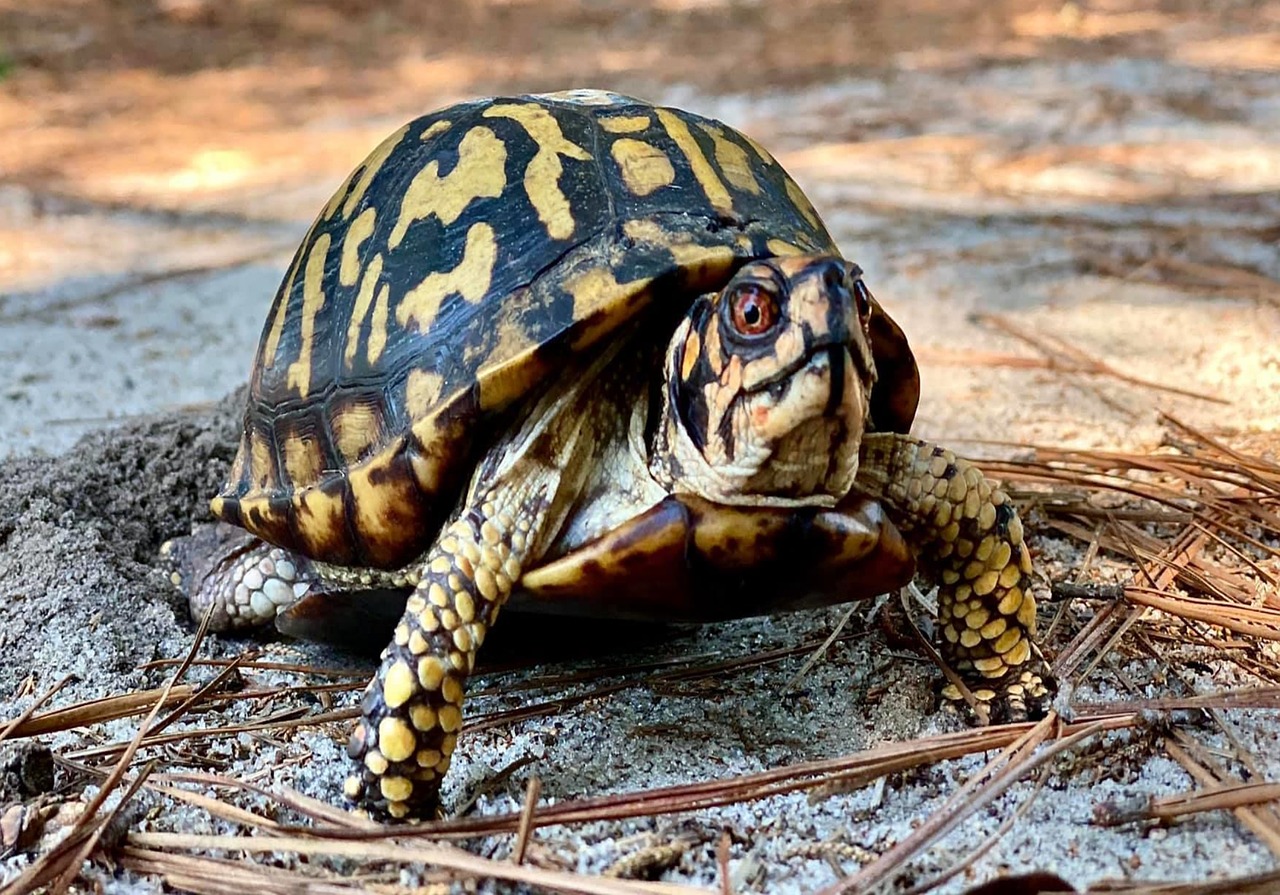Did you ever wonder how long an alligator snapping turtle can live? Well, you’re in luck because in this article, we will uncover the lifespan of these fascinating creatures. Alligator snapping turtles, known for their long lifespan, can live on average between 20 and 70 years. However, there have been some exceptional cases where they have been known to live up to 100 years or more. So, let’s dive into the world of these ancient reptiles and explore the secrets of their remarkable longevity.
Physical Characteristics of an Alligator Snapping Turtle
Size and Weight
An Alligator Snapping Turtle is one of the largest freshwater turtles in the world. On average, they can reach a length of 26 to 32 inches, with some exceptional specimens growing up to 36 inches long. Adult males are generally larger and heavier than females. They can weigh anywhere between 150 to 200 pounds, although some individuals have been recorded weighing over 220 pounds.
Shell Shape and Texture
The shell of an Alligator Snapping Turtle is unique in shape and texture. It has a rough, knobby surface that resembles the bark of a tree. This distinctive texture provides them with excellent camouflage, allowing them to blend in with their surroundings perfectly. Their shell is also characterized by three prominent ridges that run along the length of their back.
Coloration and Patterns
Alligator Snapping Turtles have a dark, almost black, coloration on their carapace, or upper shell. This helps them to absorb heat from the sun and regulate their body temperature. Their skin exhibits a pattern of intricate and irregular wavy lines that resemble the patterns seen on the bark of a tree. This cryptic coloration assists them in remaining hidden from predators and potential prey.
Habitat and Distribution
Freshwater Habitats
Alligator Snapping Turtles are primarily found in freshwater habitats such as rivers, lakes, and swamps. They inhabit areas with slow-moving or still water, preferably with plenty of submerged vegetation and logs. These turtles rely on the water to regulate their body temperature and as a source of food.
Geographical Range
The Alligator Snapping Turtle is native to the southeastern United States, specifically the states of Florida, Alabama, Georgia, Mississippi, Louisiana, Texas, Arkansas, and Oklahoma. They are adapted to live in warm, subtropical regions and are not commonly found outside of this geographical range.

Diet and Feeding Habits
Carnivorous Nature
Alligator Snapping Turtles are carnivorous predators, and their diet consists primarily of meat. They are opportunistic feeders, consuming a variety of prey including fish, frogs, snakes, birds, and even other turtles. Younger individuals primarily feed on invertebrates, gradually transitioning to a more varied diet as they mature.
Prey Selection
These turtles are highly opportunistic and will eat almost anything they can catch. They possess a unique hunting mechanism, using a lure on their tongue that resembles a worm. This lure, combined with their powerful jaws and sharp beaks, allows them to catch unsuspecting prey that venture too close.
Hunting Techniques
Alligator Snapping Turtles are ambush predators, relying on their excellent camouflage and patience to catch their prey. They often lie motionless in the water, waiting for an unsuspecting animal to approach. Once the prey gets close enough, they snap their powerful jaws shut with lightning speed, making it almost impossible for the prey to escape.
Reproduction and Mating Behavior
Sexual Dimorphism
There are slight physical differences between male and female Alligator Snapping Turtles, providing a way to determine their sex. Males typically have longer tails, larger heads, and more robust bodies compared to females. These differences are more evident in mature adults.
Mating Season and Courtship
The mating season for Alligator Snapping Turtles typically occurs in the spring, between March and June. During this time, males will actively pursue females, engaging in courtship behavior that involves head bobbing and some gentle biting. Once a pair mates, the female will search for a suitable nesting site.
Nesting and Egg-laying
After mating, the female Alligator Snapping Turtle will seek a location with sandy or loose soil to dig her nest. She will dig a hole approximately 6 to 10 inches deep and lay a clutch of around 10 to 50 eggs, depending on her size and health. The eggs will incubate for approximately 80 to 90 days before hatching.

Predators and Threats
Natural Predators
While Alligator Snapping Turtles are formidable predators themselves, they do have natural predators to contend with, especially when they are young and vulnerable. Common natural predators include raccoons, otters, birds of prey, water snakes, and large fish. These predators target the eggs, hatchlings, and occasionally adult turtles.
Human Activities
Human activities pose a significant threat to Alligator Snapping Turtles. Habitat destruction, including wetland drainage and development encroachment, disrupts their natural habitats. Additionally, they are often hunted for their meat, which is considered a delicacy in some regions. Overexploitation, both through targeted hunting and accidental capture in fishing gear, further threatens their populations.
Conservation Status
IUCN Red List Status
Alligator Snapping Turtles are currently classified as a threatened species by the International Union for Conservation of Nature (IUCN). This classification indicates a high risk of extinction in the wild if conservation efforts are not prioritized.
Threats to Population
The primary threats to Alligator Snapping Turtle populations are habitat loss and degradation. Wetland destruction, pollution, and alteration of rivers and lakes disrupt their natural ecosystems. Overharvesting, both for consumption and the pet trade, also contributes to their declining numbers.
Conservation Efforts
Conservation efforts for Alligator Snapping Turtles focus on protecting their habitats, implementing regulations to limit hunting and trade, and raising awareness about their importance in ecosystems. Breeding programs, habitat restoration projects, and educational initiatives all play a crucial role in their conservation.

Lifespan of an Alligator Snapping Turtle
Varying Factors
The lifespan of an Alligator Snapping Turtle can vary depending on several factors, including genetic traits, habitat quality, predation pressure, and human interference. While it is challenging to determine an exact lifespan, they can live for several decades in the wild.
Wild Population
In the wild, Alligator Snapping Turtles generally have a lifespan of 30 to 50 years. The harsh realities of their environment, including predation, limited resources, and human activities, contribute to a lower overall lifespan compared to their potential longevity.
Captive Lifespan
In captivity, Alligator Snapping Turtles have the potential to live longer than their wild counterparts. With proper care, suitable habitat, and a controlled diet, they can live up to 80 years or more. Some well-maintained individuals have even been reported to reach ages of over 100 years.
Factors Influencing Lifespan
Genetics and Individual Traits
Genetic factors play a significant role in determining the lifespan of an Alligator Snapping Turtle. Some individuals are naturally more robust and adaptable, allowing them to cope better with environmental challenges and live longer lives.
Habitat Quality and Availability
Access to suitable habitat and high-quality resources is crucial for the longevity of these turtles. The availability of healthy food sources, clean water, and appropriate nesting sites directly impacts their survival and overall lifespan.
Predation Pressure
Predation is a significant threat to Alligator Snapping Turtles, especially when they are young and vulnerable. The level of predation pressure they face can influence their survival rates and, subsequently, their lifespan.
Human Interference
Human activities, such as habitat destruction, pollution, and hunting, pose a significant risk to Alligator Snapping Turtles. Reducing or eliminating these human-induced threats is vital for ensuring the long-term survival and longevity of this species.

Longevity Studies
Research on Lifespan
Researchers have conducted studies to gain a better understanding of the lifespan of Alligator Snapping Turtles. By tracking individuals and monitoring their survival rates over time, scientists can gather valuable data on their longevity and the factors that impact it.
Tracking Methods
Researchers use various tracking methods to monitor Alligator Snapping Turtles, including radio telemetry, GPS tracking, and passive integrated transponder (PIT) tags. These methods provide insights into their movement patterns, habitat use, and survival rates.
Longest Recorded Lifespan
One of the longest recorded lifespans for an Alligator Snapping Turtle is approximately 120 years. This individual, named “Methuselah,” lived in captivity at the Shedd Aquarium in Chicago. Its exceptional longevity highlights the potential for these turtles to reach an advanced age under favorable conditions.
Importance of Longevity in the Species
Survival Strategies
The long lifespan of Alligator Snapping Turtles helps them develop effective survival strategies. With extended lifespans, they can accumulate knowledge about their environment, refine their hunting techniques, and adapt to ever-changing conditions, increasing their chances of long-term survival.
Reproductive Success
Longevity is closely tied to reproductive success in Alligator Snapping Turtles. These turtles have a slow rate of sexual maturity, often requiring several decades to reach reproductive age. By living longer, they have more opportunities to reproduce, ensuring the continuity of their species.
Key Ecological Roles
Alligator Snapping Turtles play important ecological roles within their habitats. They help control populations of prey species, acting as a natural regulator of fish and invertebrate populations. Their burrowing activities also contribute to the physical structure of wetland ecosystems, creating microhabitats for other organisms.
In conclusion, the Alligator Snapping Turtle stands out as an intriguing and unique species. With its imposing size, distinctive physical traits, and extraordinary lifespan, this aquatic reptile continues to captivate researchers and conservationists alike. Understanding and protecting these incredible creatures is essential for ensuring their survival and the ecological balance of their habitats.
